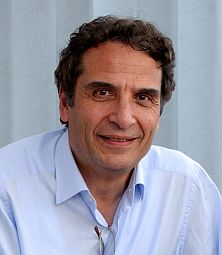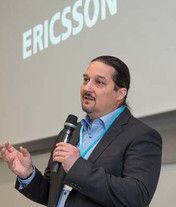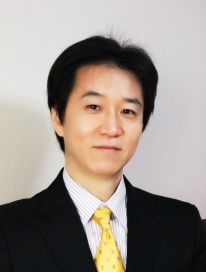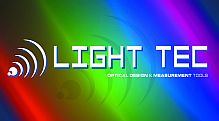Plenary speakers
Robert A. Minasian
University of Sydney, Australia
Ultra-wideband and adaptive microwave photonic signal processing
 Microwave photonics merges the worlds of RF and photonics to enable new paradigms in the processing of high speed signals. Besides its inherent advantages of extremely high time-bandwidth product and natural immunity to electromagnetic interference, a fundamental benefit of photonic techniques for processing wideband electromagnetic systems is that the entire RF/mm-wave spectrum constitutes only a small fraction of the carrier optical frequency. This enables dynamic reconfiguration of the processor characteristics over multi-GHz bandwidths, and offers the ability to realise functions in microwave systems that are either very complex or, perhaps not even possible in the RF domain. This talk describes recent new advances in microwave photonic signal processors including ultra-wideband optically controlled phased array beamforming; widely tunable and switchable filters; wideband frequency converters; high-resolution multiple frequency microwave photonic measurement systems; and photonic RF memory structures.
Microwave photonics merges the worlds of RF and photonics to enable new paradigms in the processing of high speed signals. Besides its inherent advantages of extremely high time-bandwidth product and natural immunity to electromagnetic interference, a fundamental benefit of photonic techniques for processing wideband electromagnetic systems is that the entire RF/mm-wave spectrum constitutes only a small fraction of the carrier optical frequency. This enables dynamic reconfiguration of the processor characteristics over multi-GHz bandwidths, and offers the ability to realise functions in microwave systems that are either very complex or, perhaps not even possible in the RF domain. This talk describes recent new advances in microwave photonic signal processors including ultra-wideband optically controlled phased array beamforming; widely tunable and switchable filters; wideband frequency converters; high-resolution multiple frequency microwave photonic measurement systems; and photonic RF memory structures.
Sandor Albrecht, PhD
Director, IP and Transport, Ericsson Research
Programmable 5G Transport
 The 5th generation of mobile networks (5G) is the next major phase of mobile telecommunications which will provide the foundation for the Networked Society. To support 5G, transport will need to cater for increasingly diverse service requirements. It will need to support emerging 5G radio systems in terms of higher capacity, increasing number of cell sites and new deployment models. 5G transport must also provide a flexible platform for sharing of resources where different actors through transport APIs have access to network resources for fast and flexible deployment of new services [supporting a wide range of requirements]. This talk summarizes the key defining factors for 5G transport and outlines a concept for programmable transport exploiting emerging optical devices enabled by integrated photonics.
The 5th generation of mobile networks (5G) is the next major phase of mobile telecommunications which will provide the foundation for the Networked Society. To support 5G, transport will need to cater for increasingly diverse service requirements. It will need to support emerging 5G radio systems in terms of higher capacity, increasing number of cell sites and new deployment models. 5G transport must also provide a flexible platform for sharing of resources where different actors through transport APIs have access to network resources for fast and flexible deployment of new services [supporting a wide range of requirements]. This talk summarizes the key defining factors for 5G transport and outlines a concept for programmable transport exploiting emerging optical devices enabled by integrated photonics.
Tadao Nagatsuma
Graduate School of Engineering Science, Osaka University
Exploring Millimeter and Terahertz Waves by Photonics for Communications and Measurement
 The electromagnetic waves at frequencies from 0.1 THz (100 GHz) to 10 THz is referred to as millimeter (MM) waves and terahertz (THz) waves, which are located between microwaves and infrared light waves, and have remained unutilized for our life. Thanks to tremendous efforts of research and development over two decades, MM/THz technologies have proven lots of capabilities which are not available with conventional microwaves and light waves. In this talk, we describe how efficiently MM/THz waves can be generated, transmitted, and detected by contemporary photonics technologies, and present recent emerging applications including wireless communications and measurement.
The electromagnetic waves at frequencies from 0.1 THz (100 GHz) to 10 THz is referred to as millimeter (MM) waves and terahertz (THz) waves, which are located between microwaves and infrared light waves, and have remained unutilized for our life. Thanks to tremendous efforts of research and development over two decades, MM/THz technologies have proven lots of capabilities which are not available with conventional microwaves and light waves. In this talk, we describe how efficiently MM/THz waves can be generated, transmitted, and detected by contemporary photonics technologies, and present recent emerging applications including wireless communications and measurement.




